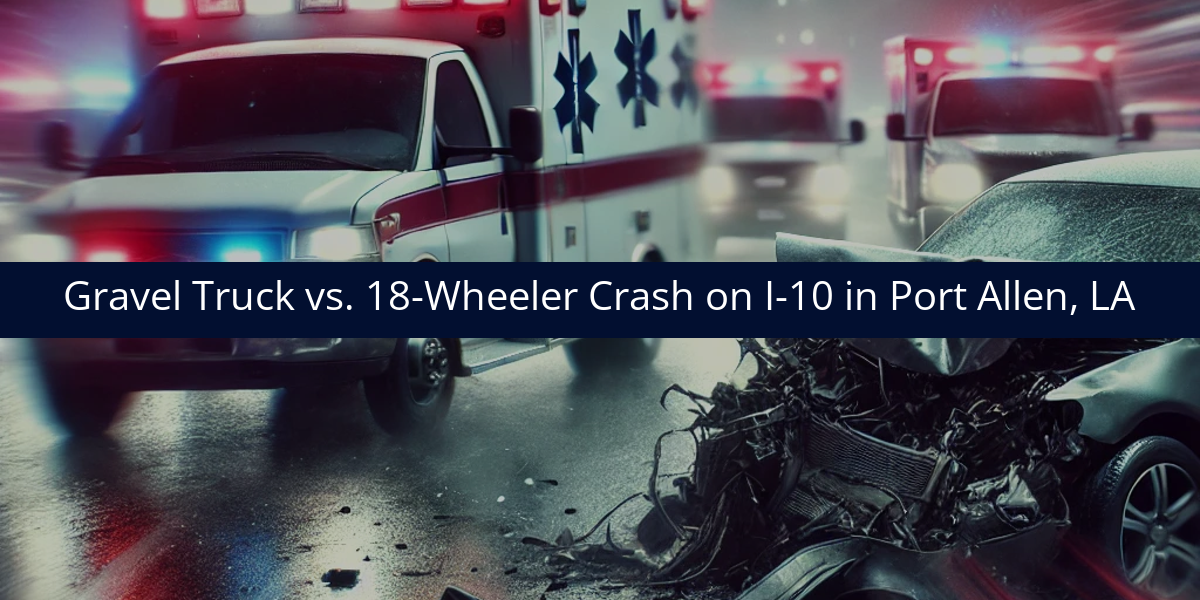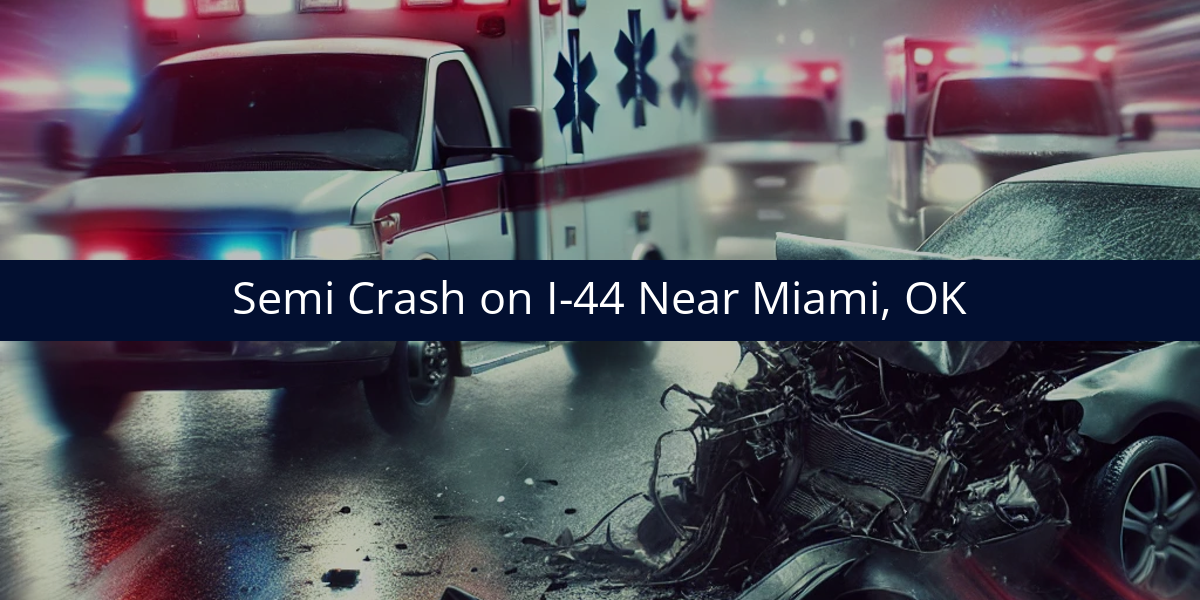Accidents Involving Trains Operated by Class II Railroads in Texas
In the railroad industry the different types of railroad companies are designated by classes. The classes are Class I, Class II, and Class III. The class determinations are decided by the Surface Transportation Board, and is based primarily on the annual operating revenue of the railroad company.
According to the Association of American Railroads, railroads which fall into the Class II category have annual operating revenues between $20.5 million and $270 million per year and own or control at least 350 miles of railroad track.
Questions Answered on This Page:
- What exactly is a Class II railroad?
- How are Class II railroads different from the other classes?
- How does the class of a railroad impact a personal injury claim?
What is a Class II Railroad?
Class II railroads are much smaller than Class I railroads, and are often referred to as Regional Railroads. Currently there are about 15 Class II (Regional) railroads that are still in service in the United States. Some of the Class II railroads are independently owned, some are a part of a larger railroad company and some are owned by state agencies in the area in which they service.
The Regions and Railroads
Many of the Class II railroads have a long history in the railroad industry and date back as far as the 19th century and some were once considered Class I railroads. However, changes in the industry throughout the years, mergers with larger railroads and technological developments have contributed to the reduction in size and revenue of the remaining Class II railroads. The regions of the country that the Class II railroads cover include the Northeast, the Northwest, the Southeast, and the Midwest. Currently the Northeast has the largest number of Class II railroads in service.
Northeast Region
- Buffalo and Pittsburgh Railway - This railroad dates back to the 1860s and was once part of two larger rail companies. Currently the railroad operates on about 400 miles of track in the New York and Pennsylvania areas.
- Wheeling and Lake Erie Railway - This regional railroad dates back to 1871 and was defunct for a while in the late 1980's. The name and operations was revived in 1989 and the railroad currently operates on over 1000 miles of track. The railroad operates as far west as Toledo, OH and as far east as Connellsville, PA.
- Pan Am Railways - This is a relatively new Class II railway, being officially formed in 2006 under this name. However the railroad operated in the same area under different companies since the early 1970s. Currently the railroad services much of the New England area.
- Providence and Worcester - This railroad is based in Massachusetts and has been in operation since the late 1840s. The railroad became independent in 1973 and operates on about 500 miles of track between New York, Connecticut, Rhode Island, and Massachusetts.
- New York, Susquehanna and Western Railway - This railroad is nick-named the Susie Q and operates on 400 miles of track between New York, New Jersey, and Pennsylvania. The railroad was founded in 1881, but through the years has reduced its original coverage area.
- Montreal, Maine and Atlantic Railway - This railroad was formed in 2003 when it took over the bankrupt Bangor and Aroostook railroad. The MM&A operates on over 700 miles of track and services parts of Maine and Canada.
- Reading and Northern Railway - This railroad was formed in the 1980s as the result of several other regional railroads ceasing operations. The railroad operates on about 400 miles of track and primarily services eastern Pennsylvania.
Southeast Region
- Florida East Coast Railway - This railroad has been operating in Florida for over 116 years. The railroad operates on about 351 miles of track and runs north to south along the eastern shore of Florida.
- Paducah and Lewisville Railway - The P&L is based in Paducah, Kentucky and was started in 1986 out of the territory once covered by the Illinois Central railroad. This railroad currently operates on 260 miles of track and is a vital transportation artery to other parts of Kentucky.
Midwest Region
- Wisconsin and Southern Railroad - This railroad services rural Wisconsin and has been doing so since it started in 1980 out of the old Chicago & Northwestern and Milwaukee railways. Currently this railroad operates on 700 miles of track.
- Indiana Railroad - This railroad began in 1986 and is based in Indianapolis, Indiana. The Indiana railroad currently operates on 500 miles of track and services the areas between Louisville, KY and Chicago and Newton, IL to Indianapolis.
- Iowa Interstate Railroad - The Iowa Interstate Railroad is headquartered in Cedar Rapids, Iowa and operates on over 500 miles of track. The railroad operates between Chicago and Nebraska and connects with all seven of the Class I railroads that operate in the United States.
Northwest Region
- Alaska Railroad - The Alaska Railroad was formed in the early 1900s and currently operates on 400 miles of track. The railroad runs north to south and has been owned by the state of Alaska since 1985.
- Central Oregon and Pacific Railroad - This railroad services the western portion of Oregon and carries traditional products for the region such as timber. The railroad operates on about 439 miles of track in this region.
- Montana Rail Link - This railroad is based in Missoula, Montana and operates on 1000 miles of train track. It is one of the larger Class II railroads and is competitive with Class I railroads in terms of speed and sophistication of its fleet of locomotives and rail cars. The railroad runs from Billings, Montana to Spokane, Washington.
Safety and Class II Railroads
The Class II railroads must be compliant with the regulations mandated by the Federal Railroad Administration just like the larger Class I railroads. However, because the Class II railroads are much smaller and lack the same level of resources and revenue, the Class II railroads may not participate in the optional safety programs that the railroad industry professionals recommend. The American Short Line and Regional Railroad Association (ASLRRA) is a professional organization that Class II railroads can join to stay abreast of changes in the industry. Membership in this organization is optional and only member railroads can partake in the programs the organization offers.
If a Class II railroad is not a member of this organization or does not have the resources, they may not be following industry best practices regarding safety. Though many of the safety programs the ASLRRA offer are optional, they help provide oversight and reinforcement of the federally mandated safety laws and help aid the railroads with adherence. This is important to keep in mind after an accident with a Class II railroad company.
Call Grossman Law Offices
If you have been injured in an accident with a Class II railroad company's locomotive or rail car, our attorneys can help you. The laws that cover railroads of all classes are complex and a successful claim against a railroad company typically requires skilled attorneys like ours at Grossman Law Offices. We have experience with these claims and we can help you when you need it most. Contact us today at 855-326-0000.
Other articles about train accidents you might find helpful:
- Class I Railroad Accidents
- Class III Railroad Accidents
- How Does the Texas Tort Claims Act Affect a Train Injury Case?













